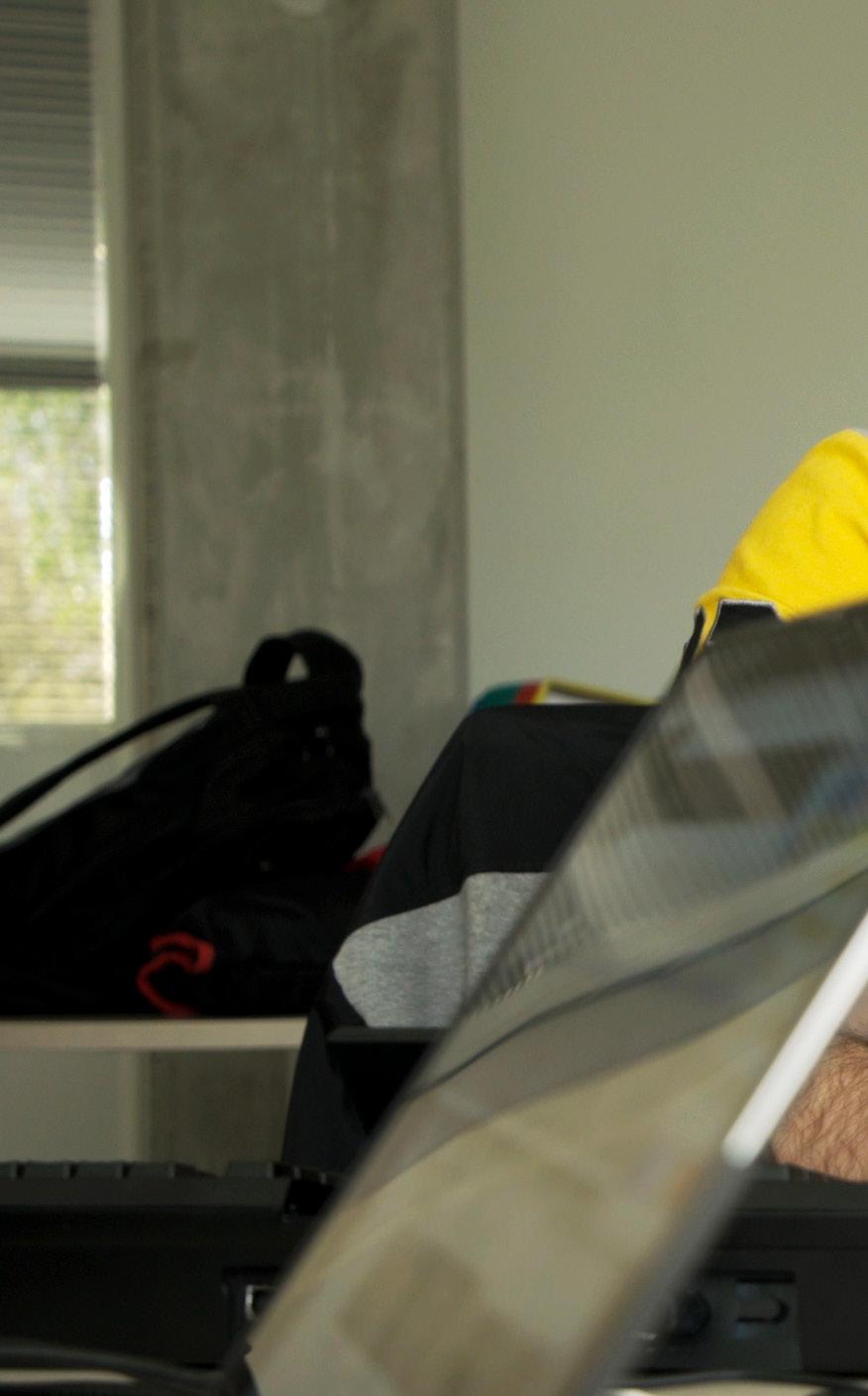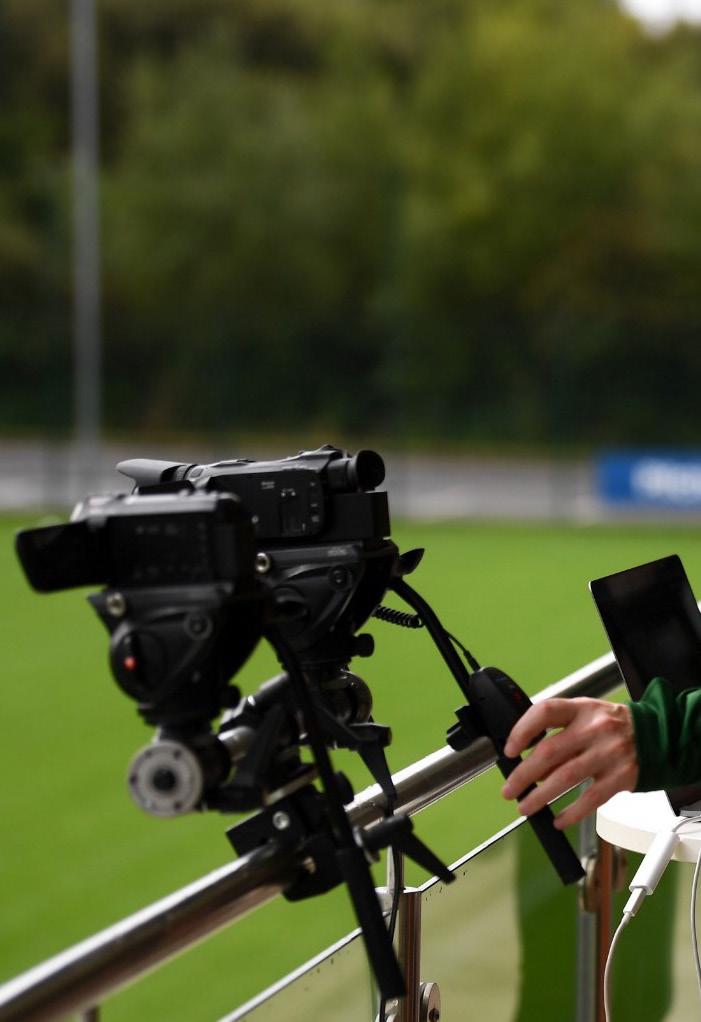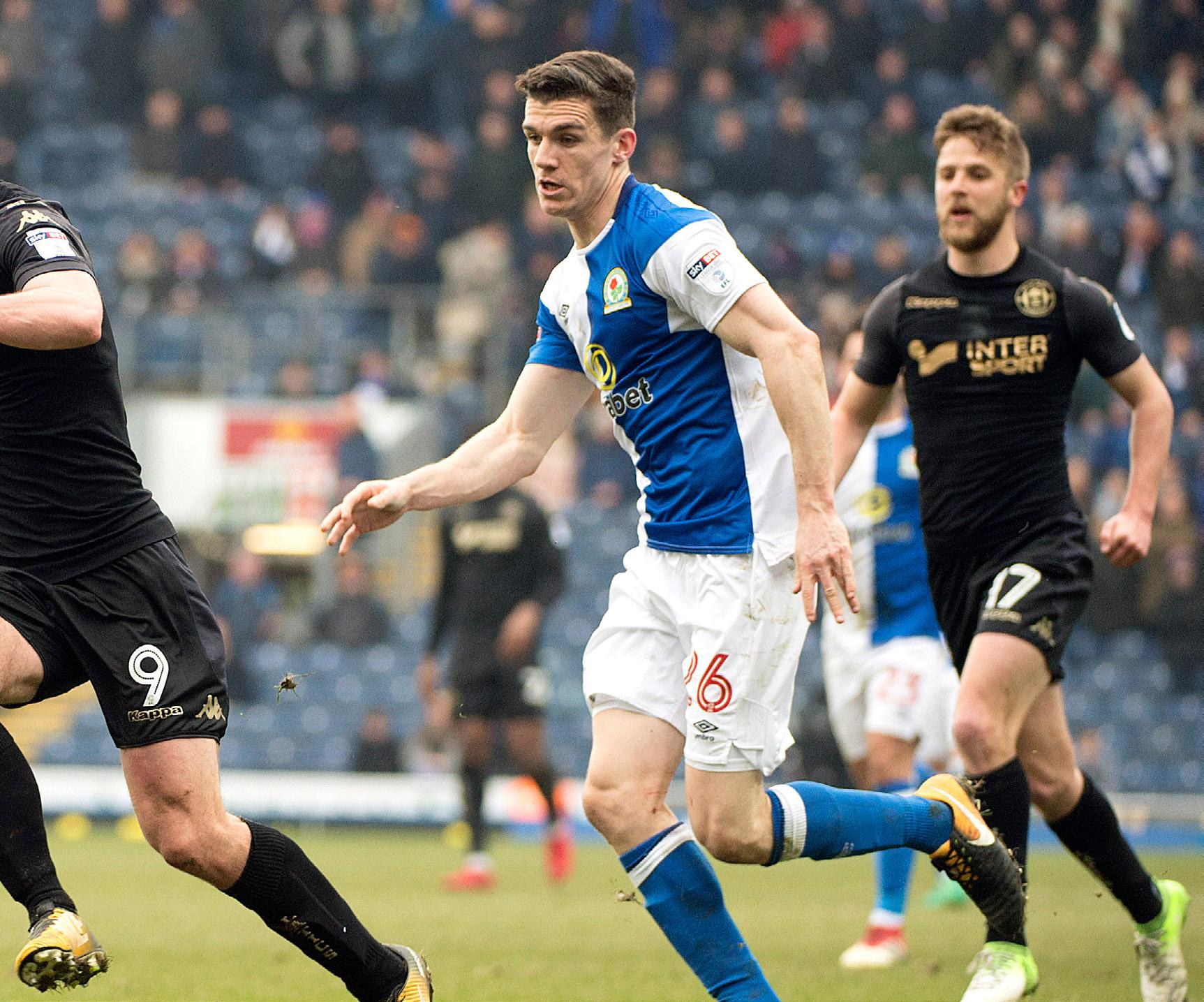
4 minute read
Q&A: Simon Reinsch - Richmond Tigers
Simon Reinsch Technology Coordinator Richmond Tigers Football Club
After breaking a 37-year championship drought, Reinsch tells us how video analysis helped the Tigers become Australia’s champions.
Richmond was established in 1885, making it one of the oldest Australian Rules clubs in the toplevel AFL competition.
How long have you used video analysis?
I started at the club 12 years ago and we have been using Sportscode since then. Back then it was used to cut edits from a VHS of the weekend’s game for each player.
Richmond is one of the oldest and proudest clubs in the AFL. Tell us about your culture.
The playing culture and standards of players is really no different from the [AFL] club-wide mantra—drive high standards, play to your strengths and enjoy what you do.
How did video help you scout opponents and prepare your team during this championship season?
Once we are sent vision of the match, we stack each angle of vision and align it with the match codes and statistics. The end result is a single file that contains vision of the entire coded match from four angles. The coaches and opposition analyst can then use it to identify how we are going to attempt to beat the opponent. The vision of each game is broken down, using Sportscode, for each line coach to review structures and the way the opponent plays. Obviously, this is broken down into very fine details in order to show the playing group what they need to do to win in certain situations. Being able to use video in in-depth ways, for the analyst and coaches to share their findings, then to present to the players is very valuable. It is a must for all teams to get an edge over their opponents and vital for education of the football program. The upcoming opponent’s vision is all uploaded to Hudl for the players to review at their leisure.
Toby Nankervis, after a standout 2017 season, penned a new deal committing him to Richmond until the end of 2020.

Do you have a specific example of how video analysis has driven player development?
Our ruckman [midfielder] Toby Nankervis likes to review each of his center bounce involvements for each quarter at every break. His plays are coded live throughout the game, and at each break he will watch this on an iPad, which integrates with Sportscode. This live review is great for Toby as he can get some instant feedback from his coach who has already seen the vision and see it himself to back up his own thoughts on the game so far. If he isn’t performing the way he wants, he gets justification and is able to change a few things without having to wait till it’s too late after the game. Nankervis finished a standout 2017, rating fifth at the club for total clearances and tackles, while also recording the seventh most hit outs in a season by a Richmond player (593).
Aussie Rules has specific scenarios that make it unique to other sports. How does video analysis help you analyse these areas?
There are specific structures in Aussie Rules where the players are required to set up in certain situations of the game and in different zones of the field. Identifying which role a player is playing and then if they are in the correct position is made a lot easier with video analysis. A key example of this is a ‘stoppage’, a period in the game where the ball is brought back to the umpire and the teams set up in a way to best contest the ball back into possession. Coaches are able to look at the vision of the stoppage and see how the players have set up. Some players who require training on kicking technique will work with a coach and analyst to film using Hudl Technique, which they can use to break down their technique. We occasionally set up a streaming device to be able to instantly review on a big screen in our sports hall for the player to then try out different ways to work on their kicking technique.
What key metrics do you look for in your Sportscode analysis?
Using Sportscode, we look at a wide range of metrics for every game. From contested possessions (how a player was able to attain the ball in a contested situation), to scoring percentages from different zones on the ground. There are so many different factors in a football game that contribute to the end result, it would take years to manually go through every metric without Sportscode.









